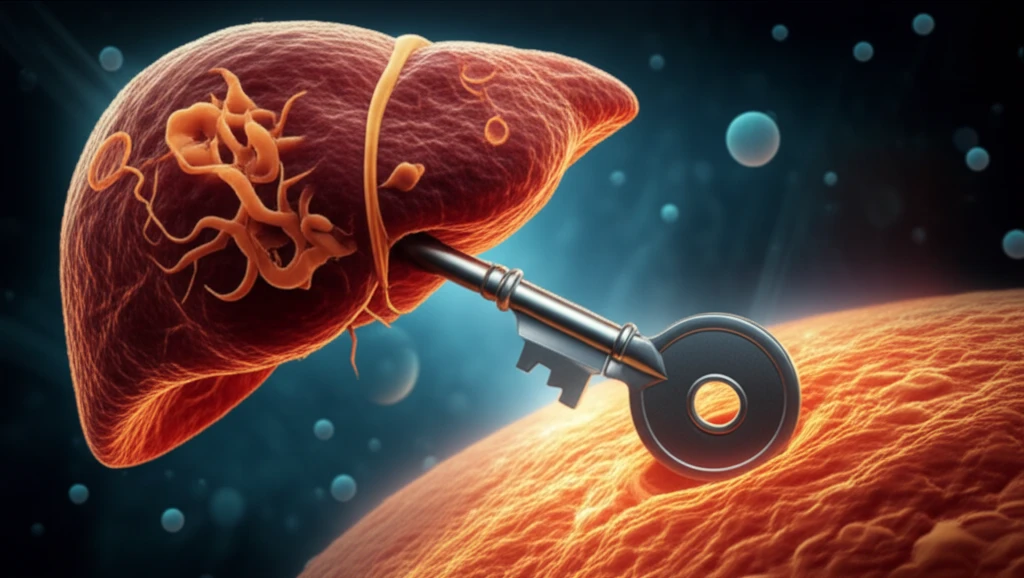
Harnessing Viruses: The Future of Liver Disease Research and Treatment
"How genetically engineered hepadnaviruses are paving the way for targeted therapies and a deeper understanding of liver ailments."
Hepadnaviruses are a family of viruses known for their ability to infect liver cells. Hepatitis B virus (HBV), a member of this family, poses a significant global health challenge, particularly in regions with high infection rates. Scientists are now harnessing the unique properties of these viruses, modifying them into tools that can both illuminate the intricacies of viral behavior and deliver targeted therapies directly to the liver.
The creation of recombinant, or genetically engineered, viruses that express specific markers is a powerful approach in virology. These modified viruses act as reporters, allowing researchers to track viral infection, study gene function, and evaluate the effectiveness of antiviral drugs. While the potential of recombinant hepadnaviruses is immense, their compact genomes and complex replication mechanisms present significant engineering hurdles.
This article will explore the challenges and recent advancements in developing recombinant hepadnaviruses as reporter-expressing vectors. We'll delve into how these engineered viruses are designed, what makes them effective, and what future applications they hold for understanding and treating liver diseases.
Why are Hepadnaviruses Ideal for Liver-Targeted Therapies?

Hepadnaviruses, including HBV, exhibit a remarkable tropism for liver cells. This means they naturally target and infect hepatocytes, the primary functional cells of the liver. This inherent specificity makes them ideal candidates for delivering therapeutic genes or drugs directly to the liver, minimizing off-target effects on other organs.
- Limited Genome Size: Hepadnaviruses have compact genomes, restricting the amount of foreign DNA that can be inserted.
- Overlapping Genes: The presence of overlapping genes makes it difficult to insert new sequences without disrupting essential viral functions.
- Polymerase Translocation: Efficient reverse transcription requires precise polymerase translocation, which can be affected by insertions or deletions in the viral genome.
The Future of Hepadnavirus Vectors: A New Era for Liver Disease Treatment?
Recombinant hepadnaviruses hold immense promise for advancing our understanding and treatment of liver diseases. By acting as delivery vehicles, we can target liver conditions and explore cellular mechanisms.
While challenges remain in optimizing these vectors, ongoing research is focused on enhancing their cargo capacity, improving replication efficiency, and ensuring their safety and specificity. The advent of new technologies, such as improved cell lines that are permissive to HBV infection, is also boosting this field.
As we overcome the current hurdles, it is expected that recombinant hepadnavirus vectors will play an increasingly important role in developing targeted therapies for liver cancer, hepatitis, and other liver-related conditions.
